



Angus|Unknown
Dudhope is today an area of Dundee, one of the great cities of Scotland which lies on the north bank of the River Tay. The original castle of Dudhope was built in the late thirteenth century. It was around this time that Alexander Scrymgeour, a companion of William Wallace, was appointed by him to be Constable of Dundee. This position became hereditary, bestowing power and influence on his descendants. The Scrymgeours also became hereditary standard-bearers of Scotland. Toward the end of the fifteenth century, the family acquired the lands of Dudhope, which they held for the next two centuries.
His son James, 2nd Viscount Dudhope sided with the Covenanters during the Wars of the Three Kingdoms and faced the Royalist army at the Battle of Marston Moor in 1644, where he was mortally wounded. John, 3rd Viscount Dudhope, also fought in the wars and was part of the Scots army that marched into England in support of King Charles II, only to be defeated at the Battle of Worcester in 1651. At the Restoration of the monarchy, he was rewarded for his loyalty when he was made Earl of Dundee.
1865 OS map Forfarshire, Sheet LIV. Reproduced with the permission of the National Library of Scotland. (CC BY NLS)
When Lauderdale fell from favour, some of his estates were transferred to John Grahame of Claverhouse, including the house at Dudhope.
Dudhope Park, Dundee © 2015 Richard Webb (CC BY-SA 2.0)
Dundee gathered an army which defeated government troops at the Battle of Killiecrankie; however he was killed in his moment of victory.
Dudhope Castle © 2014 Douglas Nelson (CC BY-SA 2.0)
James Valentine, Dudhope Castle, Dundee Barracks|National Galleries of Scotland (CC-BY NC)
Archibald served as an MP and in 1790 was created Baron Douglas of Douglas which enabled him to sit in the House of Lords. Following the failure of the male line the lands and titles passed to Cospatrick Alexander Home, 11th Earl of Home, who had married Lucy Elizabeth, granddaughter of Archibald Douglas, 1st Baron Douglas of Douglas. The Earls of Home were prominent nobles holding important political positions during the nineteenth and twentieth centuries.
Henry Cousins, Charles Alexander Home, 11th Earl of Home, 1799 - 1881|National Galleries of Scotland (CC-BY NC)





Angus|Unknown
Dudhope is today an area of Dundee, one of the great cities of Scotland which lies on the north bank of the River Tay. The original castle of Dudhope was built in the late thirteenth century. It was around this time that Alexander Scrymgeour, a companion of William Wallace, was appointed by him to be Constable of Dundee. This position became hereditary, bestowing power and influence on his descendants. The Scrymgeours also became hereditary standard-bearers of Scotland. Toward the end of the fifteenth century, the family acquired the lands of Dudhope, which they held for the next two centuries.
His son James, 2nd Viscount Dudhope sided with the Covenanters during the Wars of the Three Kingdoms and faced the Royalist army at the Battle of Marston Moor in 1644, where he was mortally wounded. John, 3rd Viscount Dudhope, also fought in the wars and was part of the Scots army that marched into England in support of King Charles II, only to be defeated at the Battle of Worcester in 1651. At the Restoration of the monarchy, he was rewarded for his loyalty when he was made Earl of Dundee.
1865 OS map Forfarshire, Sheet LIV. Reproduced with the permission of the National Library of Scotland. (CC BY NLS)
When Lauderdale fell from favour, some of his estates were transferred to John Grahame of Claverhouse, including the house at Dudhope.
Dudhope Park, Dundee © 2015 Richard Webb (CC BY-SA 2.0)
Dundee gathered an army which defeated government troops at the Battle of Killiecrankie; however he was killed in his moment of victory.
Dudhope Castle © 2014 Douglas Nelson (CC BY-SA 2.0)
James Valentine, Dudhope Castle, Dundee Barracks|National Galleries of Scotland (CC-BY NC)
Archibald served as an MP and in 1790 was created Baron Douglas of Douglas which enabled him to sit in the House of Lords. Following the failure of the male line the lands and titles passed to Cospatrick Alexander Home, 11th Earl of Home, who had married Lucy Elizabeth, granddaughter of Archibald Douglas, 1st Baron Douglas of Douglas. The Earls of Home were prominent nobles holding important political positions during the nineteenth and twentieth centuries.
Henry Cousins, Charles Alexander Home, 11th Earl of Home, 1799 - 1881|National Galleries of Scotland (CC-BY NC)







Contact
Forum for the Scottish Baronage, c/o Brodies LLP, Capital Square, 58 Morrison Street, Edinburgh EH3 8BP, Scotland UK
Copyright
Copyright 2022, Forum for The Scottish Baronage, as a collective work, all additional rights to content contributed and/or licensed contained herein are expressly reserved to such contributors and licensors as independently owned and protected copyrighted works.





